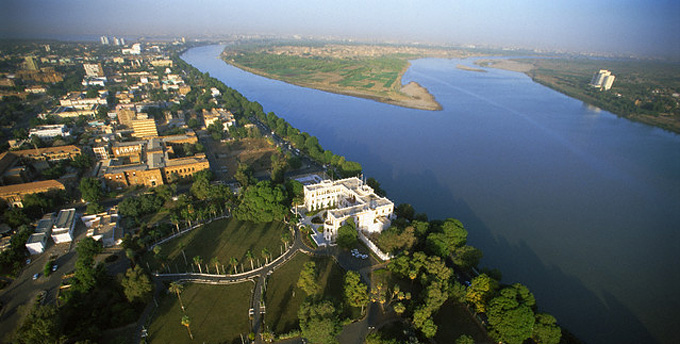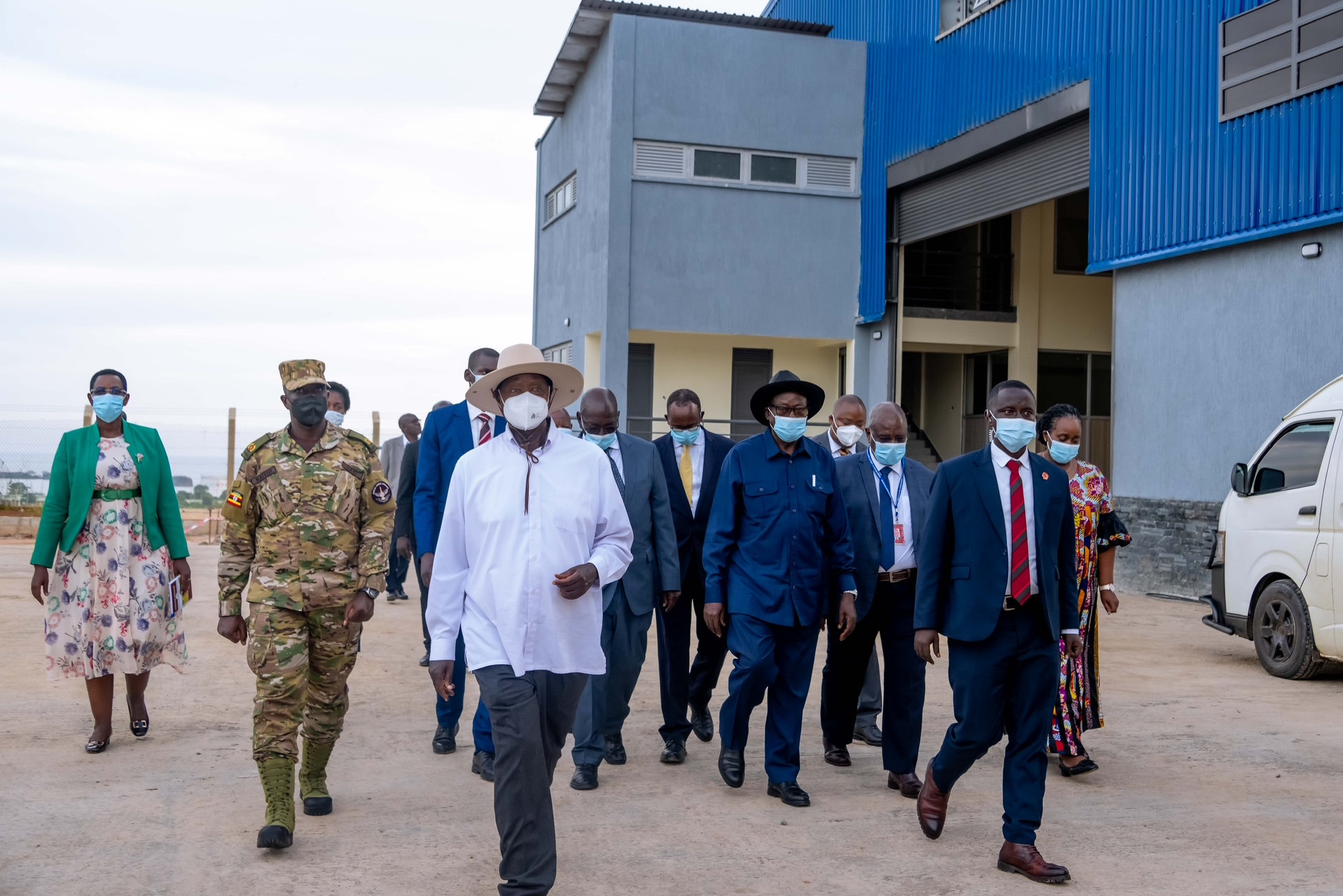Sudan Warns Of Nile’s Rising Water Level Amid Heavy Flooding
Over the past three weeks, large areas in northern, central and western Sudan have been battered by torrential rains that swept over 250 villages and killed 99 people, according to Sudan's National Council for Civil Defense.

The Nile River’s water level is rising alarmingly in its sections in Sudan, local authorities warned on Wednesday, prompting new flood concerns in areas that have already been fighting floodwater or battered by torrential rains since June.
“All sections on the Blue Nile River, a major tributary of the Nile River, are witnessing a rise and nearing the flood level,” the Sudanese Irrigation and Water Resources Ministry announced in a statement, adding the water level of the Nile River has recorded 16.58 meters, which is a high level at this time of the year.
Over the past three weeks, large areas in northern, central and western Sudan have been battered by torrential rains that swept over 250 villages and killed 99 people, according to Sudan’s National Council for Civil Defense. Authorities warned that “the worst is yet to come.”
While floodwater has been surrounding large areas of the villages along the Nile River, the water level of the Nile River continued to rise. “We are not prepared for heavy rains, due to the lack of infrastructure. The situation is getting worse due to the lack of rainwater drainage channels,” said Mahjoub Hassan, an environmental and climate expert and a former adviser at the Sudanese Ministry of Environment.
Khartoum State Governor Ahmed Osman Hamza has recently acknowledged that “preparations are less than required due to the lack of funding,” and asked for support from the federal government. “It was expected that there would be heavy rains and a rise in the level of the Nile during the rainy season this year,” Osman told a conference held in Khartoum on Aug. 28.
Saleh Al-Awad, a Sudanese expert on irrigation, dams and water engineering, said construction projects along the Nile River had encroached on its banks and courses, which may have also contributed to recurring floods.
The floods in recent years, he claimed, were due in part to these projects’ failure to take into account the potential environmental influence on the water level. At least 136,000 people have been affected by the floods and heavy rains across Sudan since June, according to the UN Office for the Coordination of Humanitarian Affairs.
On Aug.21, the Sudanese Council of Ministers declared a state of emergency in the six flood-hit states of River Nile, Gezira, White Nile, West Kordofan, South Darfur and Kassala. Sudan often witnesses floods caused by heavy rains from June to October.






